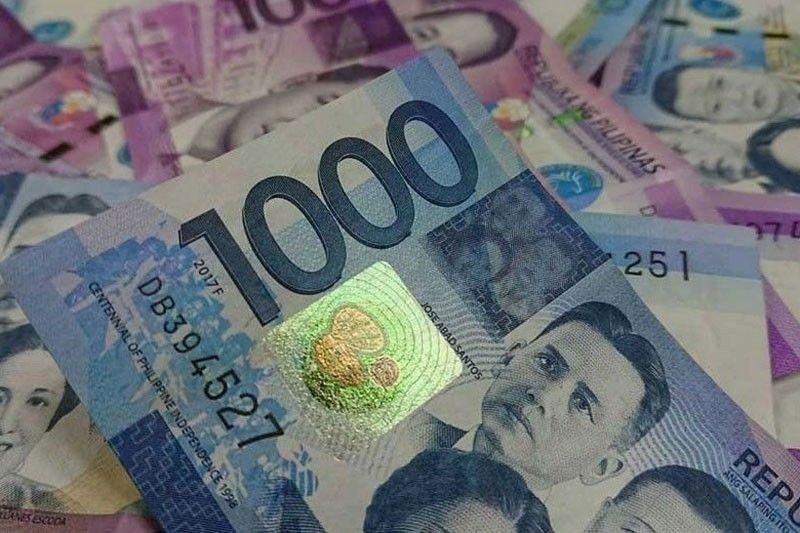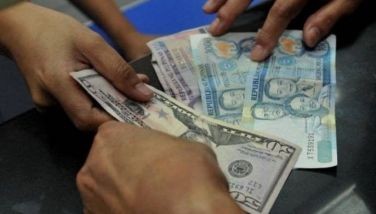Government debt accumulates to P10.13 trillion in November

MANILA, Philippines — Government debt sustained an uptrend in November towards a new record-high, an expected consequence of falling tax receipts and a hefty pandemic bill that just keeps on rising.
The state’s outstanding liabilities reached P10.13 trillion as of end-November, up 1.1% from the preceding month, latest data from the Bureau of the Treasury showed on Wednesday.
Since the beginning of last year, obligations accumulated by a whopping 31.1% “owing to higher funding requirements to respond to the COVID-19 pandemic and other socio-economic measures,” the Treasury said in a statement.
With no end in sight yet for the coronavirus health crisis, the debt stock likely increased further into the last month of the year with the government projecting yearend obligations to hit P10.14 trillion.
By end-2021, Treasury expects debt to rise further to P11.98 trillion.
Broken down, local debts continued to grow month-on-month in November while a rallying peso against the US dollar helped bring down the amount of foreign obligations. Peso-denominated obligations represent a chunk of the debt with 71% share against external debt’s 29%.
More specifically, domestic liabilities inched up 1.6% month-on-month to P7.19 trillion. Year-to-date, local borrowings surged 40.3% from end-2019 just before the pandemic prompted a global fundraising race to meet rising public demands.
In November alone, local debts climbed due to net proceeds worth P114.56 billion from issuance of government securities. The government borrow weekly from domestic investors by selling Treasury bonds and bills. In total, P6.65 trillion in domestic debts were in the form of securities as of end-November.
The remaining balance in peso obligations were in the form of loans, the bulk of which came from the central bank last October at P540 billion. These cash advances were already paid last December 29, and would have likely materially pushed down debt in the last month of the year. An additional P948 million were loans from other institutions.
Meanwhile, foreign debts inched down 0.3% month-on-month in November to P2.94 trillion after the peso appreciated to an average of P48.085 to a dollar against October’s P48.396. With a strong currency, government would need to shell out fewer pesos to meet its external obligations.
That said, for the first 11 months, foreign liabilities remained up 13% from end-2019 level, data showed. During that same period, program loans added P364.64 billion, while the more specific project loans contributed fresh P32.93 billion.
Apart from loans, proceeds from bond issuances abroad worth P186.06 billion added to the existing debt pile as of November, Treasury figures showed.
The government typically borrows from foreign and local markets to bridge its budget deficit and pay up old debts. But last year, borrowings soared as government expected to widen its budget gap to a record 7.6% of economic output.
Large borrowings, in turn, are slowly translating into bigger debts, all while the economy shrinks into recession.
- Latest
- Trending






























